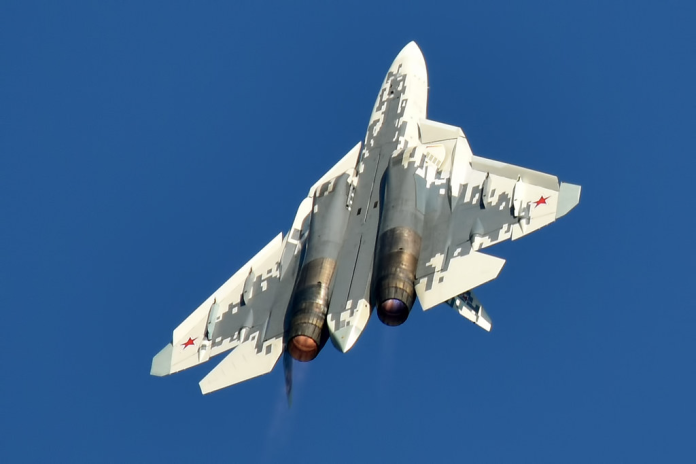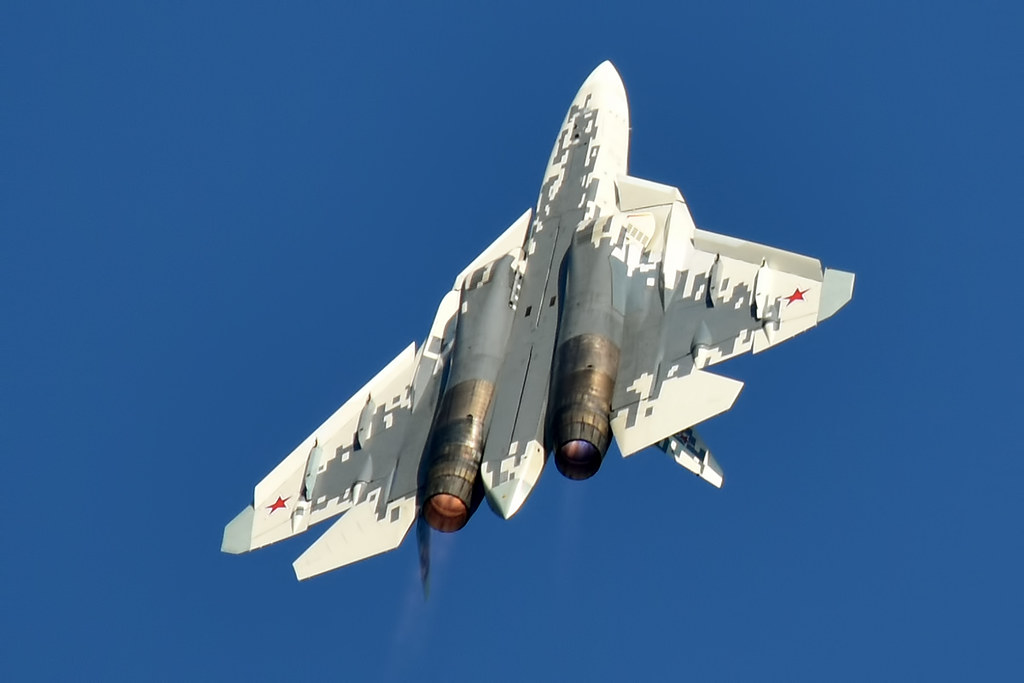
Russia’s newest version of its fifth-generation Su-57M1 fighter is not only being developed as an improvement, but as a fundamental technology shift. It blends new engines, stealth improvements, and artificial intelligence, all of which are being tested in the harsh climate of Ukraine’s disputed skies.

1. A Divergent Design Philosophy
It differs from the U.S. F-22 and F-35, where stealth comes above everything else, the Su-57 was designed to be a compromise between low observability and overwhelming agility. Its fuselage uses angular surfaces, serrated edge panels, and a quarter-composite airframe with radar-absorbent materials to minimize radar cross-section. Internal carriage of armament and coaxial radial gratings on engine intakes to shroud compressor blades are used. Even the infrared search-and-track sensor has been altered to swivel rearward in standby, with radar-absorbent coating on its housing. Nevertheless, these steps still make the Felon somewhat more detectable than their American equivalents, a compromise Russia tolerates in order to enjoy aerodynamic performance and supermaneuverability.
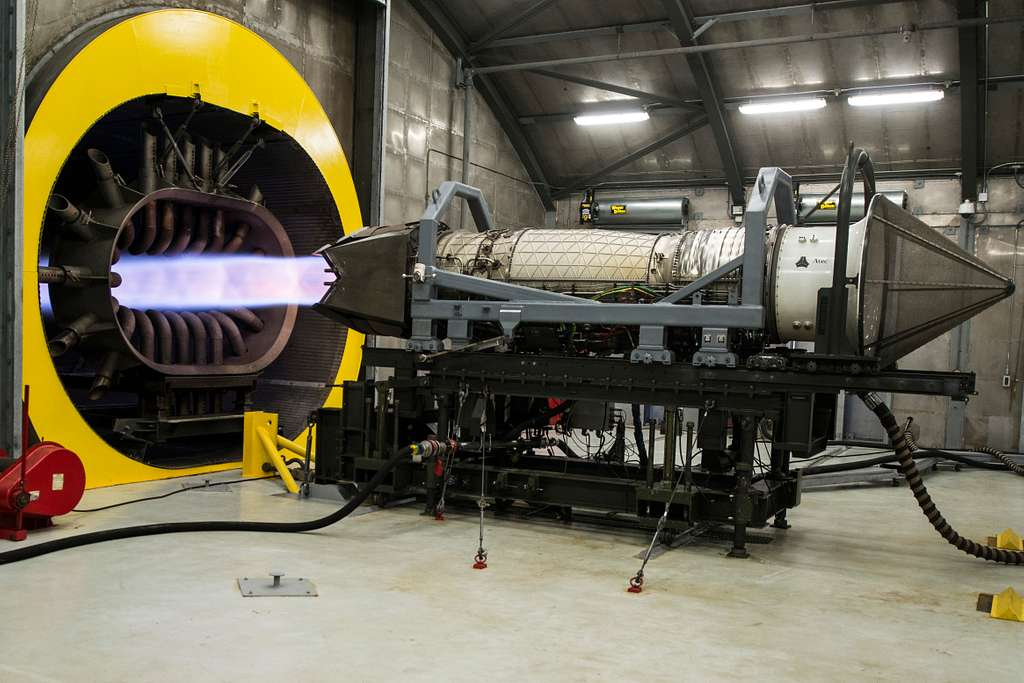
2. Propulsion Leap: The Izdeliye 30 Engine
The Su-57M1’s most outward-bound advance is in propulsion. The base AL-41F1 engines, borrowed from the Su-35, had neither the supercruise efficiency nor infrared suppression of the F-22’s F119. The Saturn AL-51F-1, or Izdeliye 30, is an all-new clean-sheet design producing 11,000 kg of dry thrust and 18,000 kg with afterburner, compared to 8,800 kg and 15,000 kg before. It offers Mach 1.3 supercruise, better fuel efficiency, and reduced maintenance requirements.

3. Flat Nozzle Technology and Stealth Gains
One of the significant stealth advantages is with the implementation of a two-dimensional thrust-vectoring flat nozzle, similar to the F-22’s Pratt & Whitney F119. Placed on the T-50-2 prototype, the nozzle’s four independently actuated flaps adjust for subsonic and supersonic regimes, while angled installation supports roll control. The design reduces both radar and infrared signatures from the rear aspect an area previously neglected at the cost of a modest 6–8% thrust penalty. Up to 90% of the nozzle’s components are produced via additive manufacturing, accelerating prototyping and enabling complex geometries.

4. AI as a Virtual Co-Pilot
The Su-57M1 features an AI-based avionics suite, which Rosoboronexport calls a programmable “second pilot.” The system can handle waypoint guidance, flight controls, and target recognition so that the human pilot can concentrate on weapon employment. “The system [is intended to] give advice to the pilot in certain circumstances and at tactical moments,” a Rosoboronexport representative explained to Janes. The AI’s role is scalable minimal for veterans, extensive for new pilots and remains under human authority for weapons release. While sanctions may limit its evolution compared to Western AI avionics, the integration reflects a broader shift toward human-machine teaming in combat aviation.

5. Avionics and Sensor Fusion
The Su-57M1’s 360-degree sensor package combines radar, infrared, and electronic warfare sensors to provide passive target monitoring and active jamming. The new HUD and AI-driven diagnostics of the Su-57M1 cut pilot workload, while its broad airframe enhances supersonic lift and stability. This configuration accommodates extended high-speed flight without afterburners, a signature of authentic fifth-generation performance.
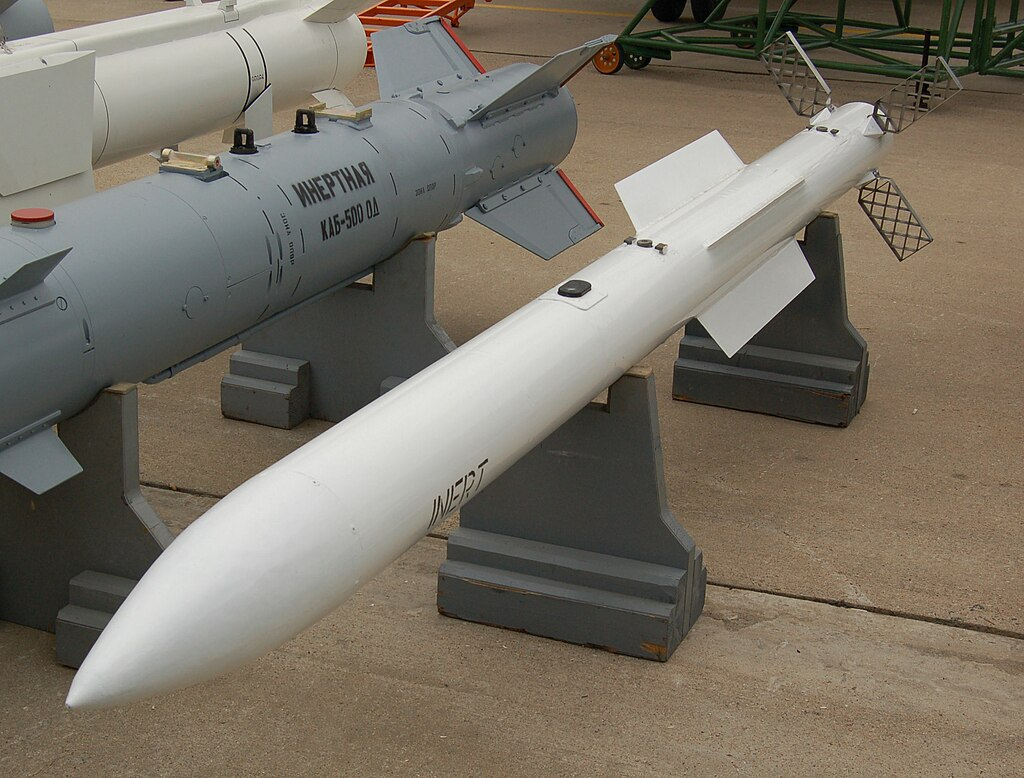
6. Combat Testing in Ukraine
Russian and Ukrainian reports show the Su-57 is currently operating multi-aircraft formations over Ukraine, providing air-to-air cover with R-77M missiles and covering strike platforms carrying Kh-69 cruise missiles. Open-source information indicates tests of a hybrid drone-missile, the Su-71K, for radar avoidance and high agility. In one high-profile 2024 incident, a Su-57 escorted an S-70 Okhotnik drone and destroyed it in flight after it suffered a malfunction, showing integrated manned-unmanned tactics.

7. Strategic and Export Implications
Production is still the Su-57’s biggest bottleneck with a mere 32 units produced to date and a goal of 76 by 2028. Sanctions and war economy restrictions retard output, keeping domestic effect and export appeal in check. Nevertheless, UAC still presents the Su-57E at foreign air shows, highlighting its “successful combat experience” and AI features to attract purchasers in Asia, Africa, and the Middle East.

8. Engineering Trade-offs and Future Path
The Su-57M1’s development echoes that of China’s J-20 underwhelming at first, progressively developed through incremental improvements. The flat nozzle fixes rear-aspect stealth, the Izdeliye 30 engine provides long-awaited supercruise, and AI support signifies doctrinal change. However, its stealth remains less thorough than U.S. designs, and its avionics, though enhanced, trail in data fusion capability. Future developments could depend on successful deployment of the Su-57M with complete AL-51F-1 integration and increased AI autonomy.
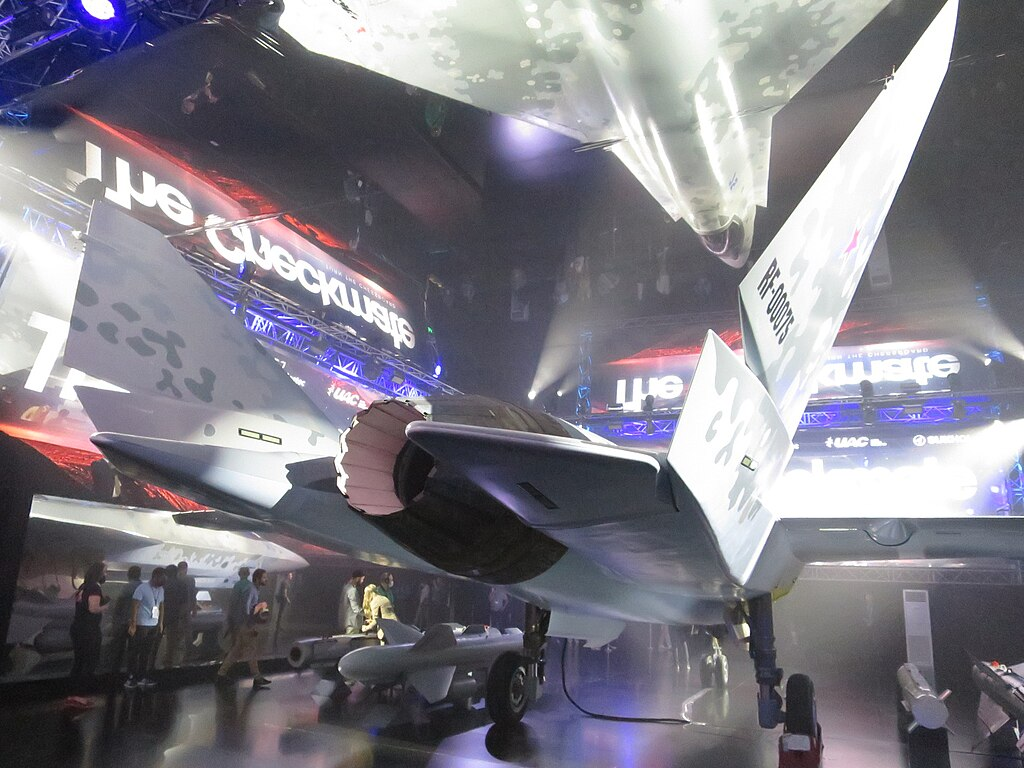
As the Su-57M1 racks up flight hours in Ukraine, its engineering advancements are being tested or revealed under actual combat circumstances, influencing the direction of Russia’s fifth-generation fighter program.
